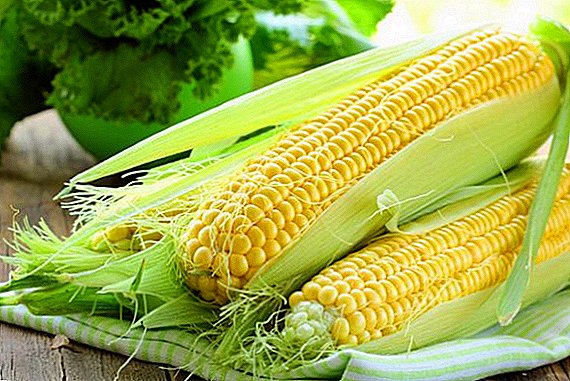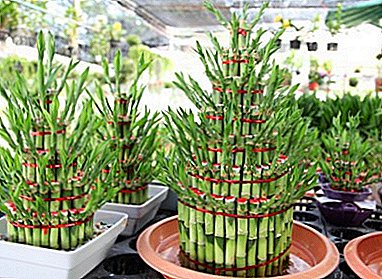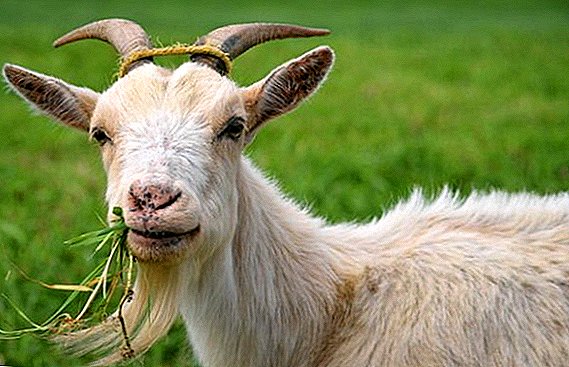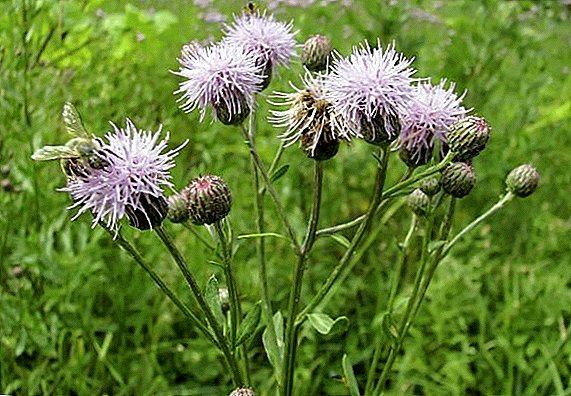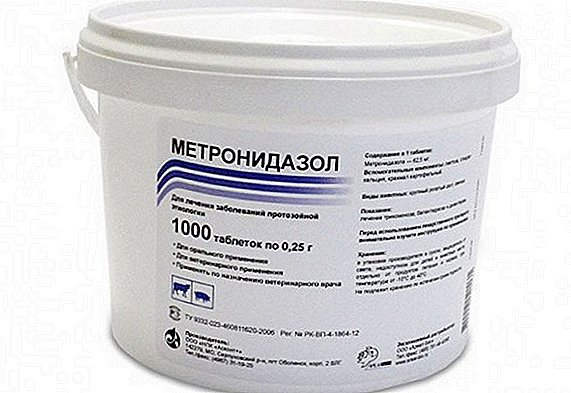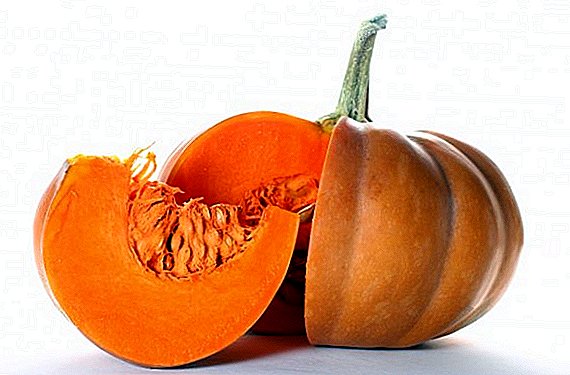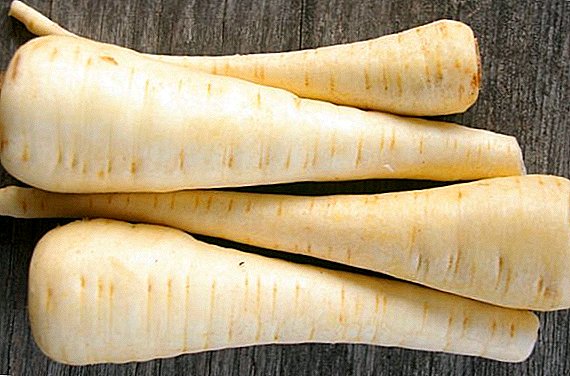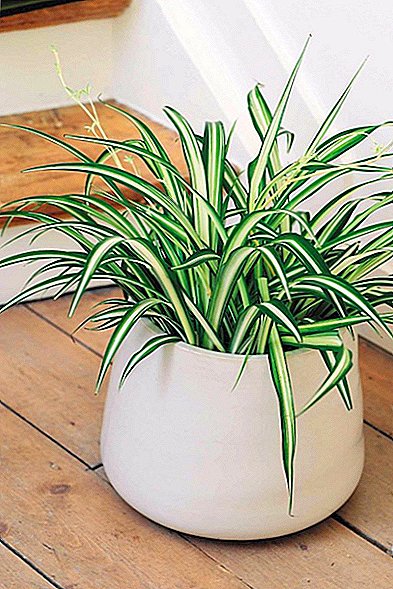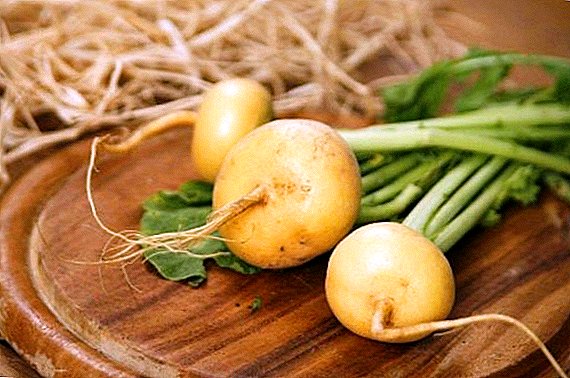 Now most people know about turnips only because of the famous children's fairy tale in which she grew up big-very big. After the spread of potatoes, it was practically ceased to grow, although before that it was one of the main vegetable crops in Europe. Now gardeners have again paid attention to the turnip: it is tasty, healthy, unpretentious and fruitful. However, for the harvest to be rich and tasty, you need to know when and how to plant and grow turnips in the open field. As in any business, there are some subtleties.
Now most people know about turnips only because of the famous children's fairy tale in which she grew up big-very big. After the spread of potatoes, it was practically ceased to grow, although before that it was one of the main vegetable crops in Europe. Now gardeners have again paid attention to the turnip: it is tasty, healthy, unpretentious and fruitful. However, for the harvest to be rich and tasty, you need to know when and how to plant and grow turnips in the open field. As in any business, there are some subtleties.
General characteristics of culture
Turnip is a biennial cruciferous plant (a close relative of the cabbage). In the first year a fleshy root crop grows and a rosette of leaves grows, and on the second of the root an arrow grows, on which inflorescences are formed (with unsuccessful plantings, this can happen in the first year). Root can be flat, round and elongated. The varieties with an elongated root crop are fodder (they are also called turnips), while the flat ones and some rounded ones are used as dining rooms.
Also distinguish white meat and yellow meat varieties. Turnips are used both raw and after cooking: it can be boiled, baked, steamed, added to stews and salads.
Did you know? One of the subspecies of turnip - Peking cabbage (Brassica rapa pekinensis).Turnip contains a large amount of potassium, magnesium, calcium, phosphorus, iron and iodine. It is rich in B vitamins, as well as vitamins A, C, PP and K.
It is recommended for therapeutic diets of patients with cardiovascular diseases, diseases of the gastrointestinal tract and patients with gout. It is well absorbed, and therefore recommended for baby food. They also eat leaves that have a pleasant mustard flavor. 
Landing features
Despite the unpretentiousness of turnip, with improper cultivation and care for it in the open ground, you can get a bitter “wooden” root instead of a sweet sweet crisp root. Therefore, you should pay attention to the preparation and landing conditions.
Like turnips, the Crucifer family includes Chinese cabbage, alissum, Chinese radish, mattiol, white cabbage.
Growing conditions
Turnip loves the sun and does not like drafts, so choose a sunny, quiet place for it. Do not plant it where its cruciferous relatives grew - cabbage, horseradish, radish, radishes or watercress last year. Well, she will feel at the site of last year’s planting of potatoes, cucumbers, tomatoes and legumes.
Soil preparation
Although the relative turnip is undemanding, if you decide to plant this vegetable, then you need to prepare the ground. Like many root vegetables, it grows better in light, loose soils, such as peat, loamy or sandy.  She also doesn’t like acidified soil, so it’s better to have a liming process before planting a turnip in the open ground or to pour the earth with ash (in an amount of about 150 g / sq. M).
She also doesn’t like acidified soil, so it’s better to have a liming process before planting a turnip in the open ground or to pour the earth with ash (in an amount of about 150 g / sq. M).
We sow turnips in the country
Seedlings are not prepared for planting: when the weather and daily temperature allow, they sow turnips immediately in open ground. This is a frost-resistant culture, so the seeds begin to germinate already at a temperature of + 2 ... +5 ° C and can even withstand small frosts, although the optimum temperature for the growth of seedlings is +18 ° C.
Important! Turnip you can plant twice: the first time at the end of April - the beginning of May for the early summer harvest, and the second time at the end of June to obtain root crops for a long winter storage.
The land in the area before planting is loosened, rolled up a little and made grooves at a distance of 20-25 cm from one another. Seeds are then applied, planting density of approximately 2 seeds per cm.  The seeds are quite small, so to ensure uniform sowing, you can add sand as ballast or stick the seeds on a strip of paper. After sowing, the beds are covered with mulch, and a few days later they are covered with ashes.
The seeds are quite small, so to ensure uniform sowing, you can add sand as ballast or stick the seeds on a strip of paper. After sowing, the beds are covered with mulch, and a few days later they are covered with ashes.
Proper care of the culture
When the seedlings are still very young, they will need a bit of attention. And as the turnip grows, it will take less time to care for it.
Learn also about the benefits and dangers of turnips.
Watering
The amount of moisture in the soil significantly affects the quality of the root: if it grows with a lack of water, the fruits will be bitter, dense and “wooden”. Turnip requires up to 30 liters of water per square meter of planting. When mulching, you can reduce the number of waterings, but if the summer is dry - it is better not to tempt fate.
Soil care
In order for the turnips to be large, beautiful and of the correct form, they should be constantly thinned, weeded and loosened the soil to improve the aeration of the roots.  The use of mulch (the best option - hay or straw) will greatly facilitate the care of grown plants. When mulching is no longer necessary to weed the bed and loosen the soil.
The use of mulch (the best option - hay or straw) will greatly facilitate the care of grown plants. When mulching is no longer necessary to weed the bed and loosen the soil.
Did you know? The turnip is considered the birthplace of the Middle East. This is one of the most ancient cultures grown by man: its cultivation occurred more than 4,000 years ago.
Pest and disease protection
Turnip is subject to the same diseases and attracts the same pests as other cruciferous plants (cabbage, radish, radish):
- Quila - A fungal disease affecting the cruciferous family. On the roots of the affected plants spherical growths are formed, which subsequently rot. Sick plants are stunted, fade over time. Root crops while underdeveloped. Most often, the plants fall ill with stagnant water or when the soil is acidified. Good drainage, liming or podzolization of the soil and competent crop rotation significantly reduce the risk of disease.
- Black flea - small black beetles, about 3 mm long. In the larval stage, the roots of turnip, radish and radish are eaten. Beetles eat holes in the leaves, leaving the lower skin intact. Regular loosening of the soil around the planting will prevent the beetle at the pupation stage, but it is better to treat the plants with a 0.1% Actellica or Phoxima solution when they appear.
- Spring Cabbage Fly - an insect about 6 mm long (the larvae reach 8 mm), which lays eggs at the cruciferous roots. After 7 days, a larva appears that sneaks to the roots, eats them, makes moves in the roots and stalks of plants. When dealing with this pest, crop rotation and autumn harvesting of beds are important. You can spray plants with a solution of "Ambusha", also coping well with cabbage fly "Anometrin" or "Corsair".

Top dressing
For the development of root crops need a lot of potassium. The best way to feed this element will be periodic (once every 2 weeks) watering with ash water (a glass of ash - 10 liters of water). This will not only feed the plant, but also increase the pH of the soil.
Important! Do not feed turnips with nitrogen fertilizers: when they are abundant, roots can grow deformed and bitter.
Harvesting and storage
Matured turnips, depending on the variety for 6-12 weeks. It is not necessary to perederzhivat it in the ground - if the harvest in time is not collected, the roots will be rough and tasteless. Late varieties must be cleaned before frost: fruits caught in frost will be bitter, soft and hollow, and they will not be stored for a long time. After harvesting, each fruit must be cut tops, leaving no more than 2 cm. The turnips are left to dry in fresh air, and then placed in a dark, cool place (for example, a cellar) in which it can be stored for a long time until the next spring. Still, it is better to eat it early, because over time the taste does not change for the better.
Unfortunately, today this sunny vegetable is almost forgotten. But the ratio of benefit and taste, which he brings to you, to the efforts spent on its cultivation, is worth it in order to allocate to him a small plot on your site.


